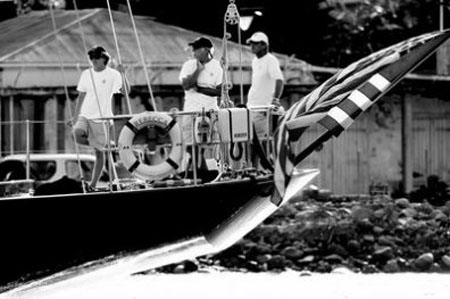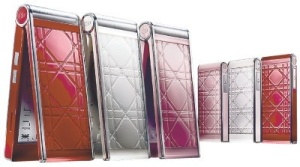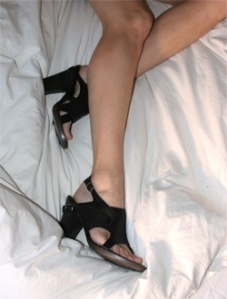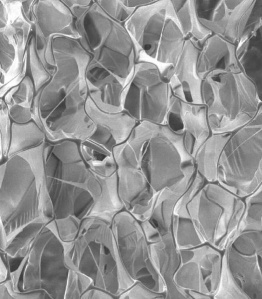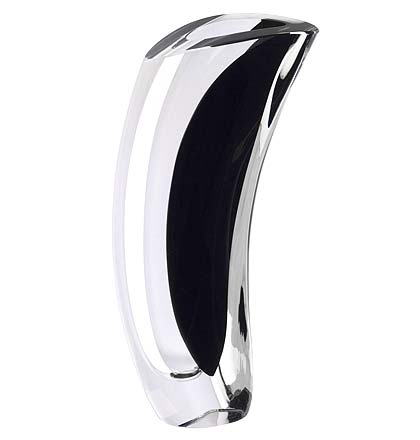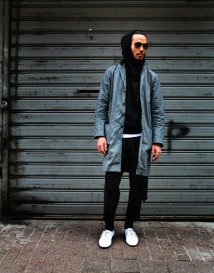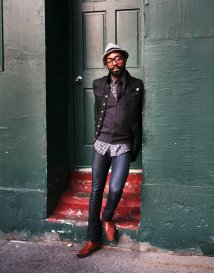
Premiere Vision: The Premier Textile Workshop
July 17, 2008 – NEW YORK
Today, I visited Première Vision’s “Preview New York.” Held in Chelsea’s Metropolitan Pavilion, textiles companies from around the world gathered to present their finest fabric samples at this textiles tradeshow. I was looking forward to this event. While stuck in traffic en route, I speculated on all the wonderful new things I would find. Like Indiana Jones on a treasure hunt, I was eager to discover some avant-garde, never-before-seen textile, or a radical new way of producing fabric from recycled tires.
After receiving my visitor’s pass, I checked the guidebook to plan my course of action. The exhibitors were categorized into four “style universes,” with the names Seduction, Distinction, Relax, and Pulsation. There was also a catering table, but the lack of a cocktail bar narrowed down my options. No matter, I decided to start in the universe of Relax. Streetwear is my field of expertise, so I was immediately drawn to the stone-washed, sand-blasted denim booths. I struck gold at my first stop, a Turkish company called Birlik Mensucat. The manager informed me that their cottons were 100% organic, even the dyes and production process were certified eco-friendly. Sounds good to me. We traded cards and I moved on, encouraged to find more organic textiles.
I wandered through the various textile universes on the hunt for innovation, making stops here and there. One of the more noteworthy visits was at Hasegawa, a Japanese textile manufacturer. Their tissue-thin silk/cotton jerseys were the finest I had ever seen. I was also intrigued by a platinum-colored jersey, which, upon inquiry, discovered it was actually metallic ink printed on fine-gauge silk jersey. I immediately ordered a swatch book.
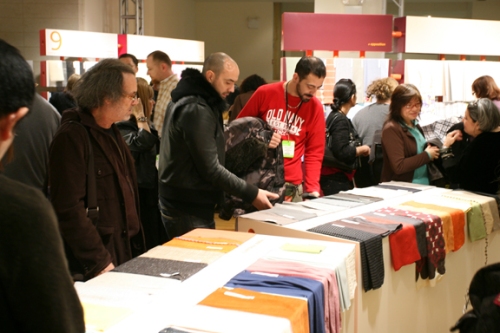
Premiere Vision Preview New York
After a couple dozen booths, I realized that the majority of the gorgeous fabrics that I had seen were simply not organic or sustainable. In fact, sustainability didn’t even seem to be an issue, since there was no indication of it anywhere on the maps, booths, or trend displays. It was becoming tedious to have to enquire whether or not every company I visited produced eco-friendly textiles. Just as I was ready to admit defeat, I spotted a shirt with the words “100% Organic Cotton” hanging outside a booth. The booth belonged to French company Siat & Lang. The manager showed me some beautiful shirting fabrics, all 100% organic and made in France. I ordered some last samples before heading out.
During my cab ride back to the office, I reviewed all the companies I had visited. Unfortunately, I did not find as many interesting textiles as I anticipated, and was hugely disappointed by the lack of eco-consciousness in the overall exhibition. Perhaps there is a separate textile show out there specifically for sustainable materials. However, I think that if Première Vision wants to continue labeling themselves as “the premier textile workshop,” they should expand their vision and look at current issues of sustainability that are increasingly relevant to the world of fashion. WU
All photos courtesy of Première Vision. http://www.premierevision-newyork.com/









